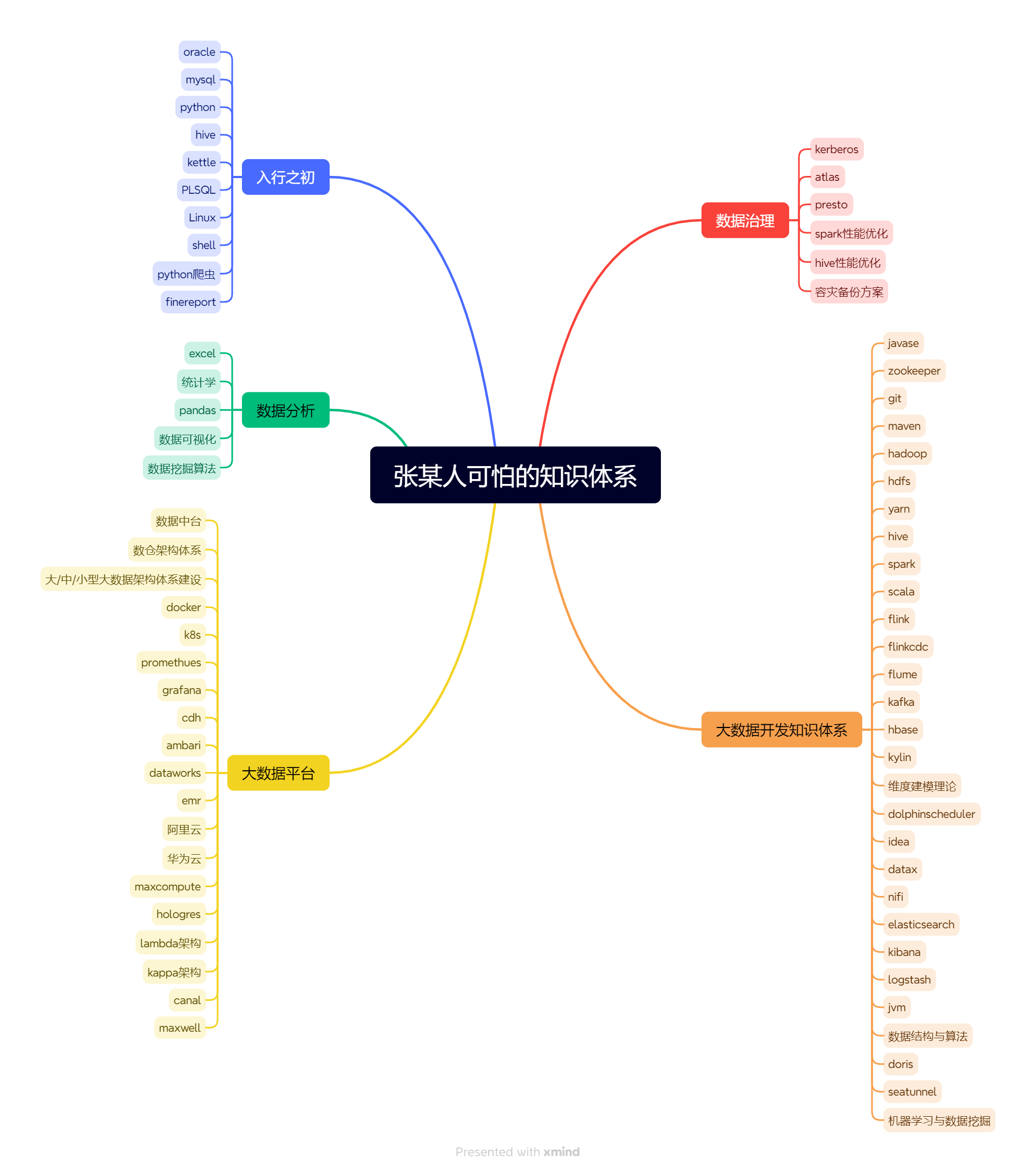跳至内容
- l = int(input())
- dic = {}
- #idea:动态构建字典
- for i in range(l):
- line = input().split()
- key = int(line[0])
- value = int(line[1])
- dic[key] = dic.get(key,0) + value #累积key对应的value值 #dic.get(key,0) 为什么要加0,是给了一个初始值吗
- for each in sorted(dic): #最后的键值对按照升序排序 # sorted(dic) 直接就对字典进行了排序吗
- 方案二更好理解
- n = int(input())
- temp = {}
- for i in range(0,n):
- s= input()
- key = int(s.split(” “)[0])
- value = int(s.split(” “)[1])
- if key not in temp.keys():
- temp[key] = value
- else:
- temp[key] = temp[key] + value
- for key in sorted(temp): #python中sorted表示升序还是降序? sorted 对列表内的值按升序排列 reversed 对列表内的值按降序排列
- print(key,temp[key])
